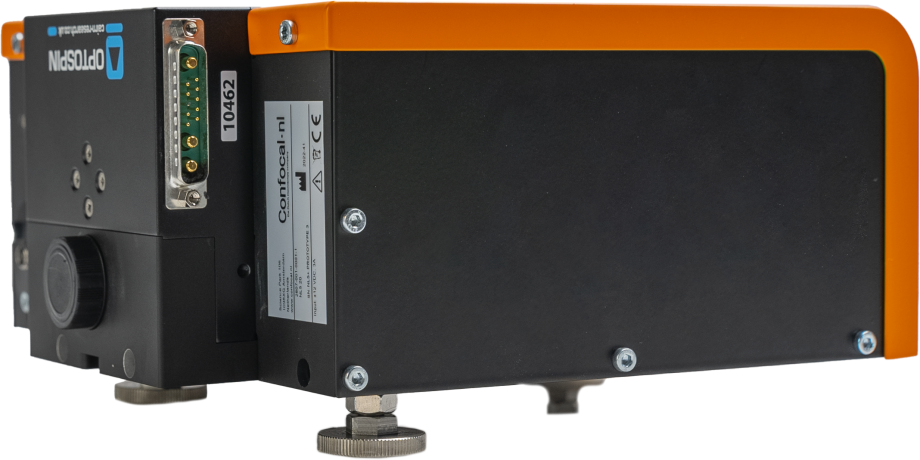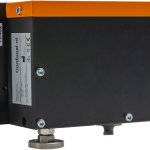NL5: The Latest in Line-Scanning Confocal Microscopy
NL5 is a new line-scanning confocal microscopy system offering an unprecedented combination of speed, sensitivity & resolution. It allows you, for example, to quickly screen a multi-well plate with multicolor images, to select the most promising ones. Because its design is based on line scanning, the NL5 system combines the scanning speed of spinning disc techniques and the resolution of laser point scanning.
Convert your existing research microscope into a fast-scanning confocal system ideal for deep 3D live cell imaging.
- Single digital scanner (same as RCM2)
- 170 nm resolution in real time (microvolution)
- Extreme sensitivity
- Low phototoxicity
To discover our whole line of confocal microscopy add- ons, click here .
*Videos above:
(1) Max projection of a stack in time with 1000 frames per color HUVEC labeled for SPY505-DNA, SPY555-Actin and SPY650-Tubulin Sample courtesy of Philippa Phelp (Boon’s Lab) Physiology department. VUmc Amsterdam
(2) Zebrafish embryo (24 to 48 hpf). Endothelial cells labelled with GFP Sample courtesy: Kinki Jim. VUmc Amsterdam, MMIC
(3) HeLa Cell with cytosolic GFP. Sample courtesy of Caroline Pham (Lodder’s Group). Experimental Cardiology Department. VUmc location AMC, Amsterdam
NL5 Applications
Fast Cell Dynamics
- Better visualization and analysis of thin and dynamic structures even with dim signals
- Study fast cell dynamics with very low phototoxicity
- Cell migration
- Intra/extra-cellular transport
- Cell signaling
Live Cell Imaging
- Imaging happy cells and organisms for more than a day
- Long-term live cell imaging in gentle conditions
- Low phototoxicity and bleaching
- Developmental biology
- Regeneration
- Immunology
Deep 3D Imaging
- One slit pinhole for better images in deeper frames
- Organoids
- Zebrafish/mouse embryos
- 3D culture with hydrogels
White Papers:
Acquisition Software:
Both NL5 and NL5+ are compatible with Micro-Manager, InScoper, Volocity & NIS-Elements software for acquisition.
Deconvolution Software:
Both NL5 and NL5+ are compatible with Microvolution and SVI Huygens software for deconvolution.
Compatible Devices
NL5 and NL5+ are confocal add-ons. To get a fully functional system a microscope stand, a camera and a laser launch are required. Below is a non-exhaustive list of devices compatible with NL5 and NL5+.
Microscope Stands:
- Leica DMi8
- Nikon TE2000
- Nikon Ti-U & Ti-E
- Nikon Ti2-U & Ti2-E
- Olympus IX71 & IX81
- Olympus IX73 & IX83
- Zeiss Axio Observer.Z1
Cameras:
- Hamamatsu ORCA-Flash4.0 LT+, LT3 & V3
- Hamamatsu ORCA-Fusion & Fusion BT
- Hamamatsu ORCA-Fire
- Hamamatsu ORCA-Quest
Laser Combiners:
- Oxxius L4Cc & L6Cc

















